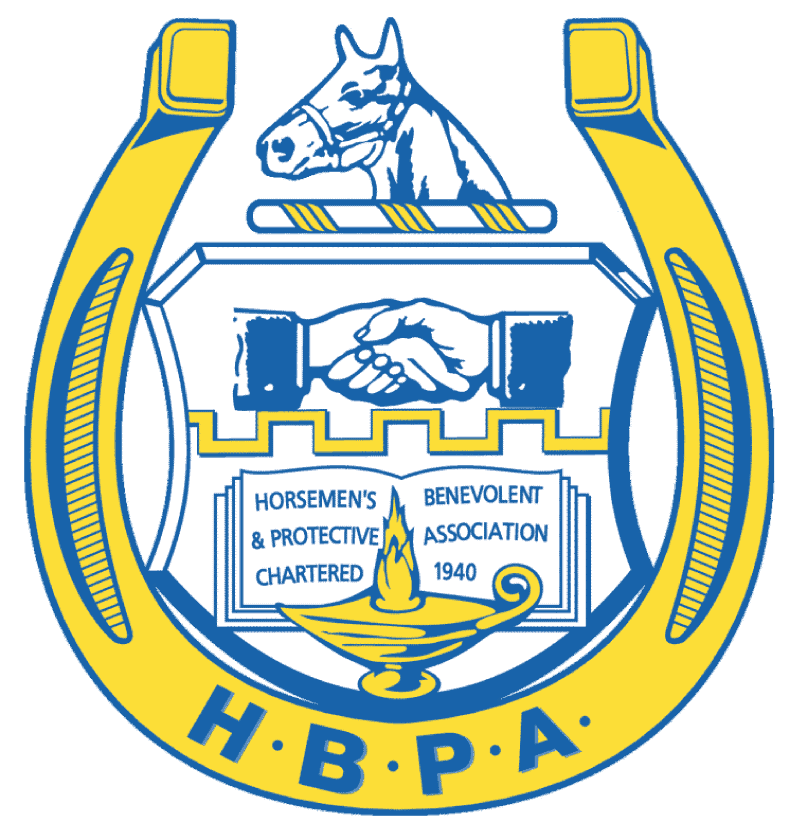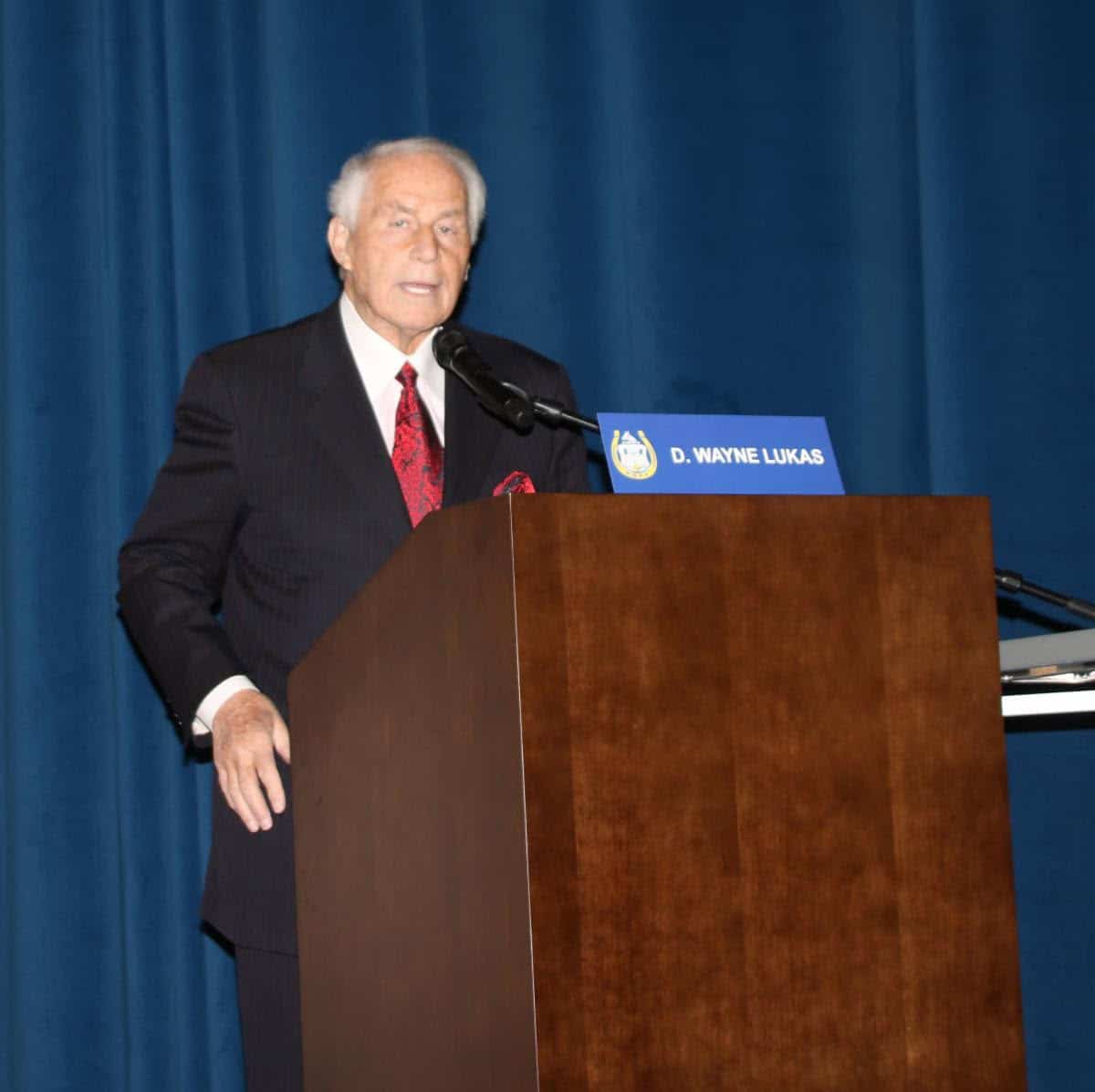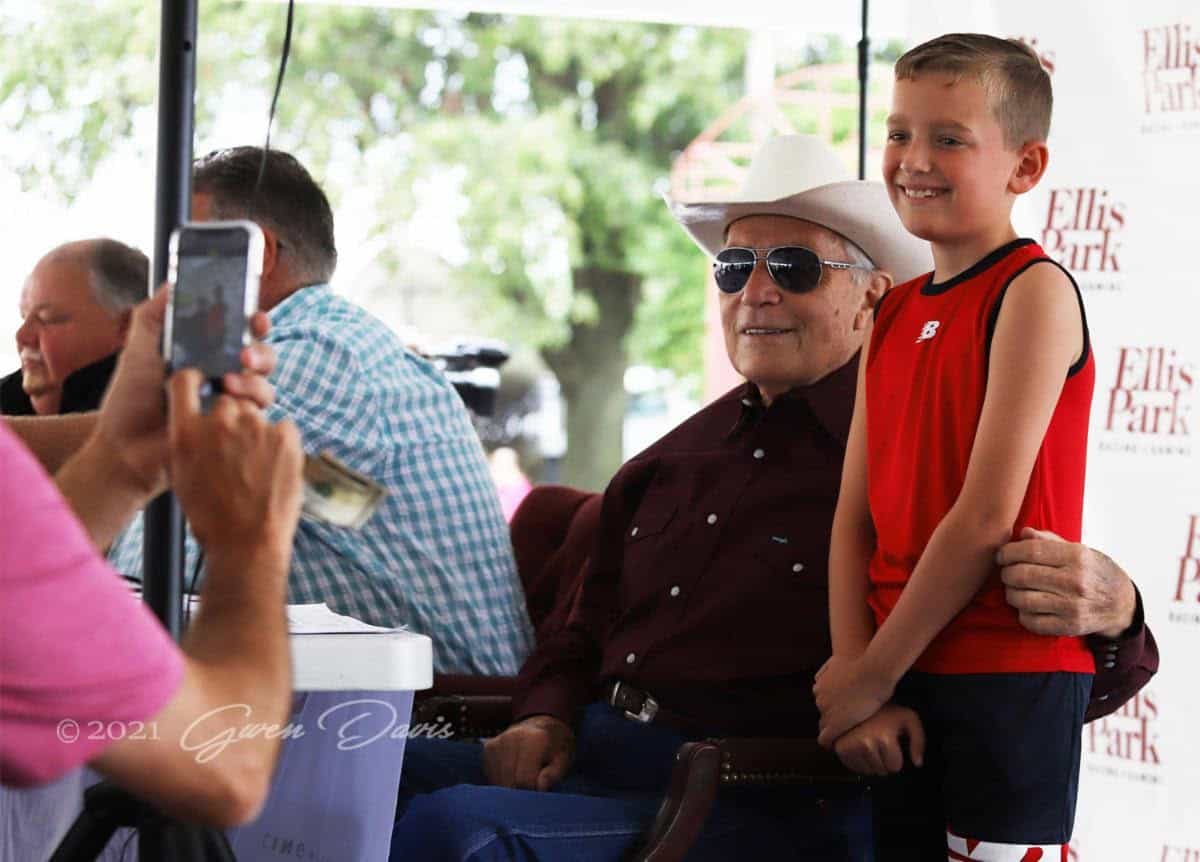Simo Conference: Fee for Tote Security Program Eliminated
Blood-Horse
A tote security initiative launched by the Thoroughbred Racing Protective Bureau remains on track, but in a major change, the organization said Oct. 7 there no longer is a need for outlets that receive simulcast signals to pay a monthly fee.
The $950-per-month fee for any “point of distribution” for signals was part of the original plan. Curtis Linnell, vice president of operations and wagering analysis for the TRPB, said there were pari-mutuel outlets that signed on but there was pushback from others. A reconfiguration didn’t change the mission of the plan but it did eliminate the need for the fees.
Linnell, who participated in panel discussion on the final day of the International Simulcast Conference in Clearwater, Fla., said involvement of tote companies, bigger data centers, and expanded bandwidth tied to pari-mutuel upgrades led to a large decrease in incidents tied to “stop-betting” functions and the past-posting of wagers. Also, development of decimal odds displays were a big-ticket item, but tote companies invested in the project.
“The solutions will cost much less going forward,” said Linnell, who noted members of the Thoroughbred Racing Associations, under which the TRPB falls, will fund any remaining development of the tote security plan.
“It’s very important that the $950 fee was eliminated without compromsing the goals of the program,” said Dan Kelleher, an industry consultant. “People are very supportive of the initiative, but there were cost impacts at the points of distribution.”
The bandwidth improvements are expected to also facilitate odds updates every 10 seconds, which is a goal of the TRPB. Lora Horah, senior wagering analyst for the organization, provided statistics that show racetracks that have shortened the time between the display of odds cycles have seen odds changes cut in half.
Of 10 TRA-member tracks that participated in the study, the amount of money displayed in win pools in the final odds before “off” time went from 71%-76% from 2014 to 2015. A few tracks such as Saratoga Race Course and Woodbine now show more than 95% of the total amount wagering in win pools in the final cycle.
“There has a been a remarkable increase in the amount of win pools reflected on the board,” Linnell said. “For the first time, Saratoga this summer did not send us one complaint about a late odds drop.”
The tracks in the study ranged from 60 seconds per odds change (Churchill Downs) to 30 seconds (Keeneland) using Kentucky as an example.





